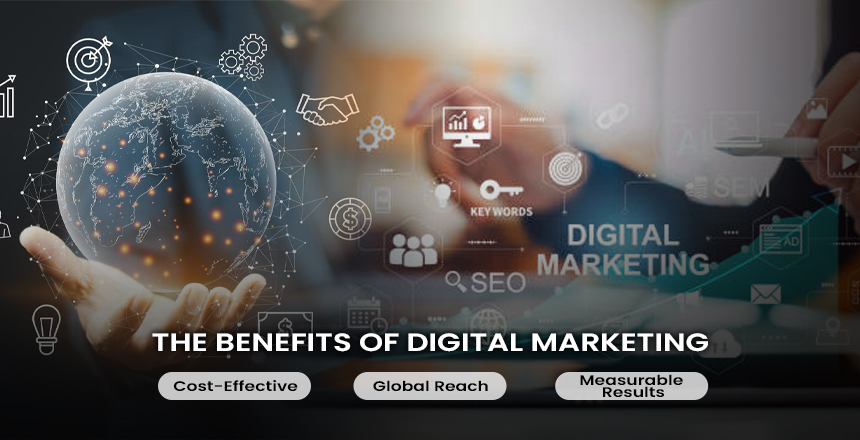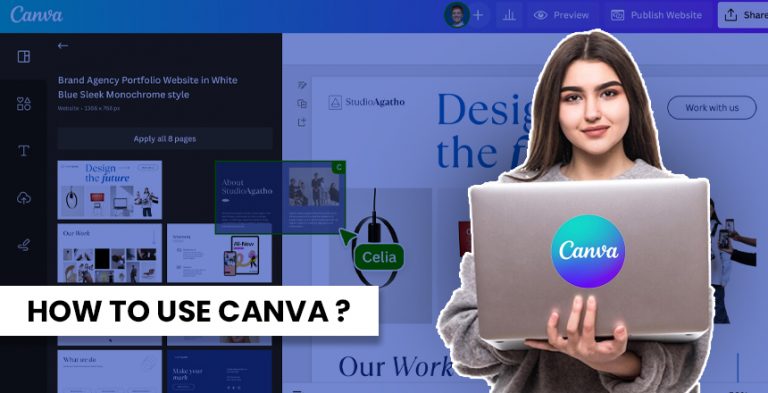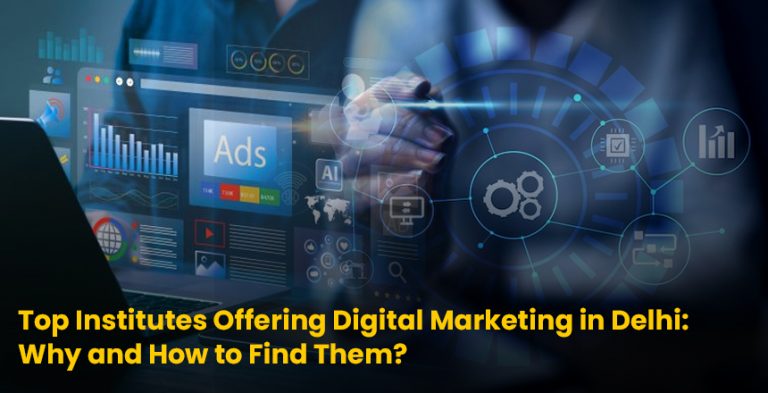The Advantages of Internet Marketing
Thanks to digital marketing, it is now easier for corporate entities to sell products and services to
the end consumer. As technology continues to improve and consumers increasingly explore
means of engaging with the brand through the internet, digital marketing offers crucial concepts
and instruments that can help businesses communicate with the public. This article looks at
some of the most basic advantages of digital marketing for businesses.
Reach a wider audience
Another important benefit of digital marketing is increased consumer touchpoints since it is
easier to target a much larger market. In contrast to modern forms of marketing like email, print
media, TV, or radio advertisements, they have the problem of the number of people that can be
reached at once. The use of digital marketing assets and channels allows a business to brand
itself and its products to millions of internet users across the devices.
For instance, social networking sites give a vast communication community of people. Ingga
dapat manggung social media accounts/profiles/pages/groups to engage social audiences to
develop a social community. This means continuous engagement with the consumers and
followers for the purpose of promoting the brands or marketing particular advertisements to the
related groups of the interested audience within these sites.
Likewise, content marketing, together with search engine optimization (SEO), makes it possible
for brands to grow their profile and start appearing in searches and on sites. If so done, such
approaches serve the purpose of identifying more and more potential and well-targeted
customers actively seeking related products or services online.
Increased customized messages
Another advantage digital possesses over traditional marketing is that it integrates data
segmentation in communicating directly with individual customers. Social media and technology
enable brands to collect massive amounts of customer, interest, and engagement data based
on their activity trail on the internet. Through this data, it will be possible for brands to perform
segmentation of consumers with similar behavior or characteristics. It will then be easier for
them to create content and other forms of communication that are tailored to appeal more to
segments.
For example, an eCommerce store selling sports apparel is available for three major categories
of people: men, women, and children. The business can also look at the segmented groups to
drill down further, say women between 18 and 25 years in yoga clothing, men above 40 years in
football jerseys or trousers, or parents seeking sportswear for little leagues. It shows that the
store is able to offer and advertise related products within interest that would be specific to each of the groups as a way of having people interested compared to just pushing things in a general way.
It may be noted that each of these components may be measured and optimized over time,
making the system very much performance-based. Another challenge that traditional media has had to face is how to measure campaign results and marketing investment returns effectively. But the digital environment affords marketers an opportunity to track and assess all their activities. Through the digital campaign options, there is
important information on consumers and how the target consumer returns to the campaign in
real-time.
Specific measures mean that marketers can be able to present a performance report based on
visitors, rates of engagement, leads, and sale growth, among others. Platforms also allow for
the testing of which of the various pieces of content or assets elicits a better response.
Marketers can merely increase by investing more in the activities with the highest ROI or else
improve the mediocre activities that have considerably low returns. This way of managing the
marketing metrics means that there is steady improvement of the ROIs over time.
Cost-Effective Marketing
Digital marketing tools are often not as expensive as most traditional media, with a higher
possible exactness of results. Television, print, and radio are all forms of advertising that prove
very expensive to establish and disseminate ads to an audience. They are still without
assurances that such spending will yield for them tangible results.
In contrast, digital platforms have initial entry costs that are fairly low compared to the traditional
ones. Forums and company blogs or other formats, social networking promotions, and search
engine marketing SEM campaigns can begin at very low budgets and grow according to
performance. This is also clear from the trackable metrics that give visibility if investments result
in profitable customer acquisition costs relative to other acquisition methods. This makes it
possible for brands to invest the money you need for marketing in methods that impact actual
growth.
As consumers become more digitally savvy, marketers then have to constantly move budgets
from offline to online and mobile media to reach new-generation buyers. Digital enables
reasonable and reversible options that can be focused on reasonable returns.
Better audience insights
Finally, the insights derived from the digital sources help marketers gain a good understanding of the customer behavior patterns and preferences. Web analyst tools provide detailed information as to how users of web content go through web sites and what they do. They can identify peak engagement time, the number of visits to each business’ site pages, traffic flow bythe hour, daily, weekly, monthly, etc. These learnings enable maximization of when and what to post in order to get the highest degree of audience engagement.
Another way that marketers can get information on audience interests and needs is through
their online activity, through polls or actual focus group discussions online. Other visitor
demographic information such as age, gender, location, or device used also leads to better
conceptualization of target consumers. The information assists brands to enhance their offerings
through changing or modifying the existing goods, services, and communication strategies to
address the frequently essential questions of ‘who’ the customers are and ‘what’ they respond
to or relate to.
The fact will remain that digital alone will only increase in importance as time goes on.
Digital marketing has already shifted paradigms on how brands self-market across the
circumference of the 21st century. Every indication is that it will do so as technology becomes
more pervasive in the way people live and interact and as consumers migrate more and more of
their purchasing online. Any organization that lacks an e-business investment strategy is left
behind by its counterparts that have implemented one.
Even for advertising, more budgets are spent on digital than on television, newspapers, and
other conventional media sources. The actions taken now solidify brands to thrive in the path
consumers are progressing towards using digital avenues. That early adoption provides a
valuable mastery in communicating in the digital as it unfolds. Initial investments being made
today are setting the foundations to constantly improve tactics in the years to come.
It is useful, especially for small firms, that digital marketing strategies can be used to affordably
reduce the impact of traditional mass media monopolies, which larger brands have enjoyed for
years now. According to Kumar, digital balances the scale. Any firm that implements successful
digital marketing strategies achieves increased capability to reach out and sell its products to
consumers on the internet within the modern business environment.
These are some of the powerful benefits that are making the chief cause of the fast-growing
emphasis that business organizations across industries are placing on digital marketing. In this
blog, I discussed that basic aspects such as the broadening of the reach, hyper-targeting,
performance enhancement, and understanding of audiences are highly branding and growth
enablers. Smart brands will persist in relocating marketing expenses and talent sourcing for
digital to endure well into the foreseeable future.
The article will review some of the most significant ways that demonstrate why digital marketing
becomes an important facet for contemporary brands that desire to engage audiences and
potentially generate valuable company outcomes. In hopes this breakdown of more specific
advantages such as increased targeting, reduced costs, and superior data provides perspective
on the increasing focus on digital marketing tactics and platforms.








